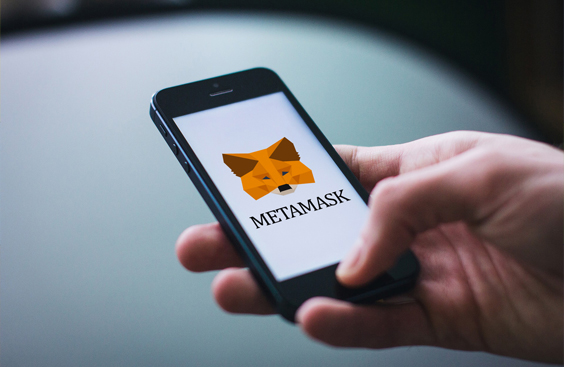How to use a cryptocurrency wallet in 2022

In this article we will tell you about cryptocurrency wallets, the most popular possibilities and how to take full advantage of them.
It should be pointed out that with the increase in new blockchains, there is an equal increase in the possible choices of new wallets.
We are therefore going to describe only the most interesting solutions.
There are so many wallets available today, so let’s start with the distinctions.
What types of cryptocurrency wallets exist?
Essentially 5 types of cryptocurrency wallets can be distinguished: PC software that can be downloaded, smartphone apps that can be downloaded, browser extension, cloud web wallet, and hardware wallet.
In PC wallets we can probably find the largest distribution of alternatives, in fact almost all blockchains provide their own official wallet core.
Generally these core wallets include all the more advanced features of interaction with the respective blockchain but limited to it. So wallets functioning only for that specific blockchain.
In addition to core wallets there are also other downloadable software that provide support for multiple cryptocurrencies instead, also called multichain wallets.
Generally these wallets sacrifice many features while keeping the most essential ones but are versatile in that they allow many different cryptos to be managed in one application.
Very similar is the discourse for wallet applications for smartphones, you can in fact find a wide range of solutions, single and multichain like Bread Wallet but always sacrificing the most advanced features.
Wallets that come as browser extensions are the real news because they have spread to take the biggest share of the market.
The most famous and popular is MetaMask but it is certainly not the only one, the greatest quality of MetaMask is its versatility, multi-chain, multi-account and it interfaces seamlessly with web3, the last frontier of the internet and blockchain.
Cloud-managed web wallets, on the other hand, are ideal for having no worries (aside from anxiety about hackers). They are easy and offer the essential functionality, requiring you only to carefully preserve credentials.
Finally, hardware wallets, similar to usb sticks, now recluse in a niche market run by the most paranoid, with minimal functionality to mostly manage one’s money reserves as far away from the Internet as possible.
But how are wallets used?
Obviously each type of wallet has its own peculiarities, I will not go into too much detail because that would make a book, I will just describe the modes that are common to all wallets.
The first thing to know is the way in which these wallets are secure, all wallets in fact encrypt your wallets by means of two incomprehensible code strings.

These two portions of text are called Public Key and Private Key.
The encryption keys
The Public Key, as the name suggests, is in the public domain and to make it easier for you you can imagine it as if it were your bank IBAN.
In fact, the public key is also called the Address, on which you can request money to be sent.
As opposed to the public key there is finally the private key, a more complex string of text required by the wallet to decrypt the account.
The private key is to be considered as if it were an access password.
Many wallets in order to make more simple the process of storing this password composed of random alphanumeric characters, associate it with 12 or more meaningful words.
So once you have set up your new wallet it is necessary to learn how to send and receive money. To receive money we have already seen that it is sufficient to communicate your address (the iban of the account) to the person who is to pay you.
To send money, on the other hand, you must first have money, so you must know the address of the destination account and you must understand what the fees are.
Fees, or commissions, are the cost you are charged to pay for the service of sending money, as in all electronic payments.

Fees? wasn’t everything free?
There are no banking intermediaries, so there is no central structure that gets rich on our backs, however there are thousands of nodes and miners that help provide the service.
Miners are users who support the creation of new currency, to do so they employ energy and hardware in exchange for many small amounts of currency (the fees) that they can then spend to cover their costs and make a profit.
Nodes, on the other hand, are simply copies of the entire blockchain in order to distribute it in a decentralized way, to provide the service around the world and ensure its integrity.
For bitcoin’s main blockchain finally, it is worth mentioning Lightning Network.
The largest, oldest and now most expensive blockchain, bitcoin has forced the entire crypto industry into an evolutionary leap. In fact, in order to continue to exist, bitcoin has led to the development of a parallel network for payments. A sort of consortium where thousands of payments are in a sense grouped together in order to share the costs.
Essentially Lightning Network now allows you to perform micro transactions on the bitcoin network at ridiculous costs and impressive speeds.
So, too, is a new generation of Lightning Network specific wallets.
If you would like to better understand how cryptocurrency wallets work, or perhaps enable your company to make cryptocurrency payments, please do not hesitate to contact us.

